America’s national parks offer some of the most breathtaking landscapes on earth, from towering mountains and pristine lakes to otherworldly desert formations. Yet the experience of visiting these natural wonders varies dramatically depending on when and where you go. Some parks deliver solitude and uninterrupted communion with nature, while others have become victims of their popularity.
Here is a list of 20 comparisons between national parks worth visiting and those that might disappoint due to overwhelming crowds.
Canyonlands vs. Grand Canyon
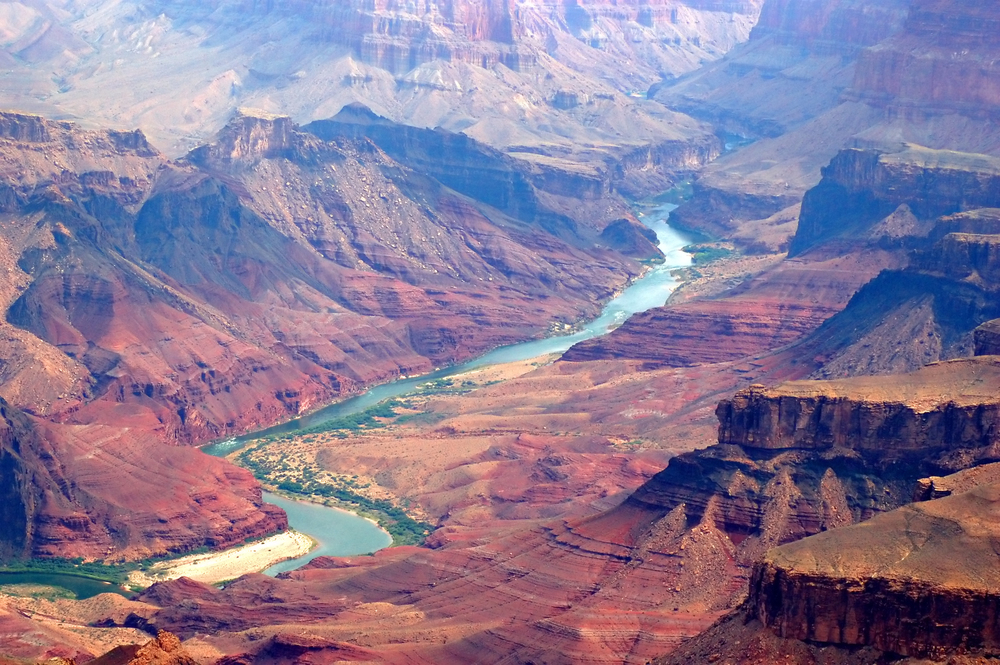
Canyonlands National Park in Utah offers similarly spectacular canyon views as its famous cousin – without the masses of tourists. Its Island in the Sky district provides panoramic vistas across countless canyons carved by the Colorado River, and you’ll often find yourself alone on trails, even during peak season.
The Grand Canyon, while undeniably majestic, draws over 6 million visitors annually, with viewpoints along the South Rim so packed during summer months that finding parking becomes a competitive sport and enjoying quiet contemplation nearly impossible.
North Cascades vs. Olympic

North Cascades remains one of the least visited parks in the continental U.S. despite containing over 300 glaciers, alpine lakes, and jagged peaks that rival the Swiss Alps. Hiking trails offer genuine solitude even on summer weekends, and the mountain-reflected waters of Diablo Lake provide postcard-worthy views without the photobombing strangers.
Olympic National Park – particularly Hurricane Ridge and the Hoh Rainforest – has become increasingly congested, with summer visitors facing hour-long entrance lines and trails that feel more like urban sidewalks than wilderness paths.
Like Travel Pug’s content? Follow us on MSN.
Great Basin vs. Bryce Canyon
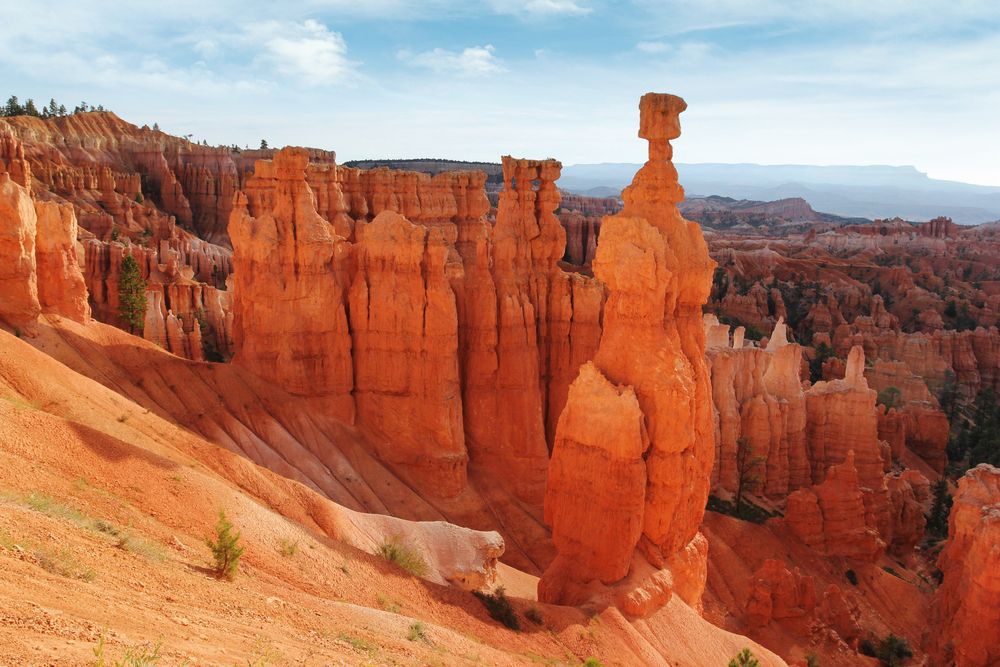
Great Basin National Park hides in plain sight on the Nevada-Utah border, offering ancient bristlecone pine forests, limestone caves, and stellar stargazing opportunities thanks to its International Dark Sky designation. Most visitors have the park’s scenic drives and hiking trails practically to themselves, even during summer.
Bryce Canyon’s iconic hoodoos attract dense crowds that transform the rim trails into slow-moving processions; finding a moment alone with the vermilion spires requires either off-season timing or pre-dawn dedication that most travelers can’t accommodate.
Voyageurs vs. Everglades

Voyageurs National Park in northern Minnesota centers around waterways – a wonderland of interconnected lakes best explored by boat or canoe. This water-based navigation naturally limits crowds and creates a genuine wilderness experience just hours from Minneapolis.
The Everglades, despite its vast expanse, concentrates visitors along a few accessible trails and boardwalks where alligator sightings are guaranteed, but solitude isn’t; airboat tours create both noise pollution and physical congestion at popular access points during the winter high season.
Guadalupe Mountains vs. Great Smoky Mountains
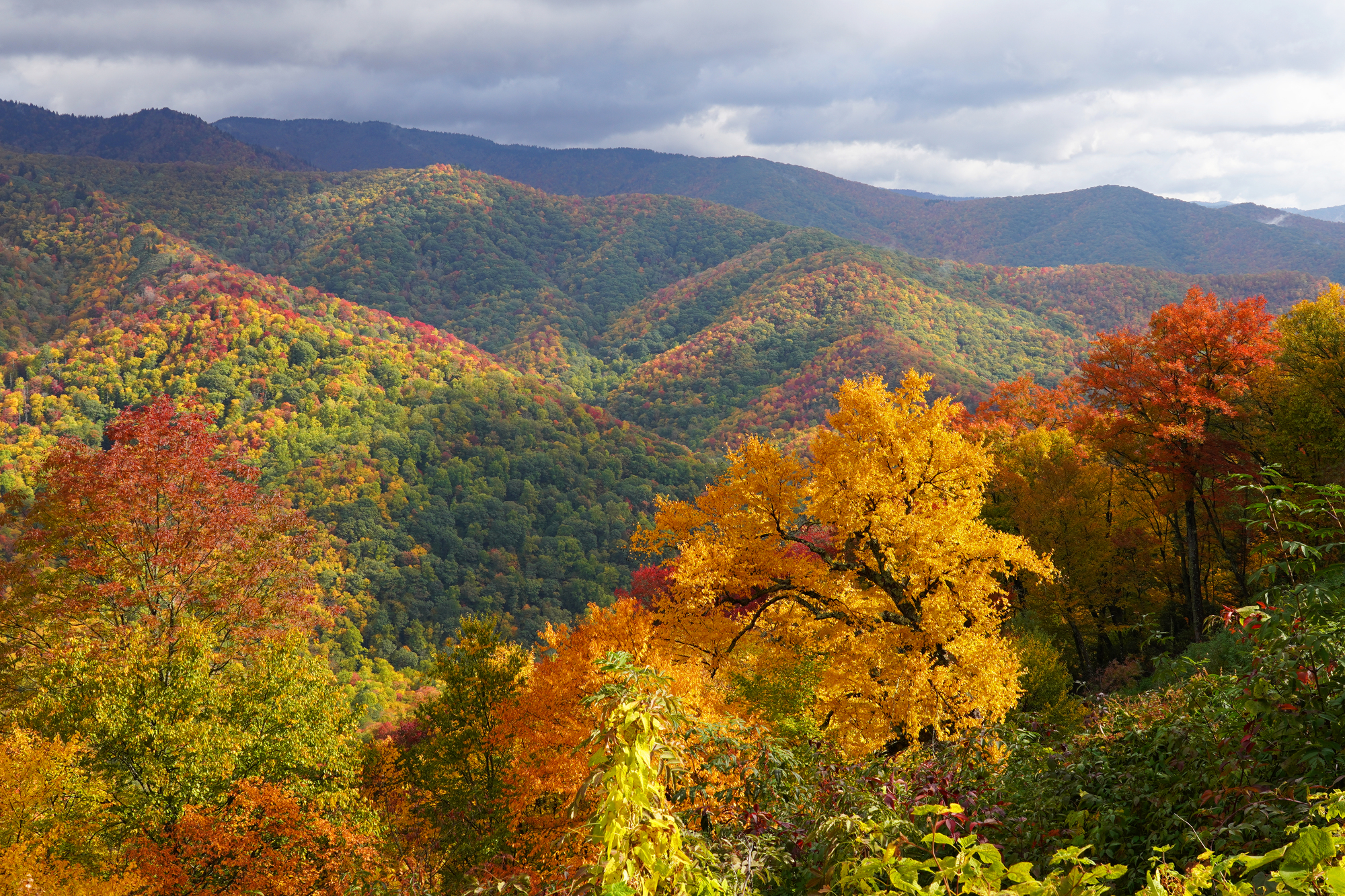
Guadalupe Mountains National Park preserves the world’s most extensive Permian fossil reef and Texas’s highest peak, yet receives fewer visitors in a year than the Great Smoky Mountains sees in a week. Trails through its canyons and along its ridgelines offer genuine wilderness immersion without the crowds.
Great Smoky Mountains, America’s most visited national park with 14 million annual visitors, suffers from chronic congestion, particularly along Newfound Gap Road and Cades Cove, where summer traffic often comes to a complete standstill for hours.
Like Travel Pug’s content? Follow us on MSN.
Pinnacles vs. Yosemite

Pinnacles National Park, California’s newest national park, features dramatic spires and rock formations just two hours from San Francisco, yet it remains relatively uncrowded even on weekends. Its cave trails and condor-spotting opportunities provide unique experiences without the masses.
Yosemite Valley has become so notoriously congested that the park implemented a reservation system; its iconic viewpoints often resemble theme park attractions rather than wilderness areas, with Tunnel View and Glacier Point drawing selfie-stick-wielding crowds that diminish the natural splendor.
Dry Tortugas vs. Biscayne

Dry Tortugas National Park, accessible only by ferry or seaplane from Key West, limits daily visitors through transportation constraints, ensuring those who make the journey experience uncrowded beaches, exceptional snorkeling, and a historic fort without fighting crowds.
Biscayne National Park’s proximity to Miami has transformed its waters into a weekend party scene during peak months, with boat congestion, underwater noise pollution, and overcrowded moorings diminishing the marine experience for serious nature enthusiasts.
Theodore Roosevelt vs. Mount Rushmore

Theodore Roosevelt National Park in North Dakota offers vast badlands landscapes where bison and wild horses roam freely across terrain that appears largely unchanged since the 26th president hunted there. Visitors can drive the scenic loop and hike multiple trails while encountering more wildlife than people.
Mount Rushmore National Memorial, though technically not a national park, exemplifies overcrowding issues at iconic landmarks, with packed viewing platforms, overflowing parking garages, and a commercialized atmosphere that contradicts the natural serenity found at less famous sites.
Like Travel Pug’s content? Follow us on MSN.
Lassen Volcanic vs. Yellowstone

Lassen Volcanic National Park contains all four types of volcanoes found worldwide, along with bubbling mud pots and steaming fumaroles similar to those in Yellowstone, yet receives just a fraction of the visitors. Hiking among its geothermal features often feels like having your private wonderland, even in summer.
Yellowstone, especially around Old Faithful, Grand Prismatic Spring, and Mammoth Hot Springs, subjects visitors to parking nightmares, shoulder-to-shoulder boardwalks, and timed viewing experiences that feel more orchestrated than exploratory during peak months.
Isle Royale vs. Acadia
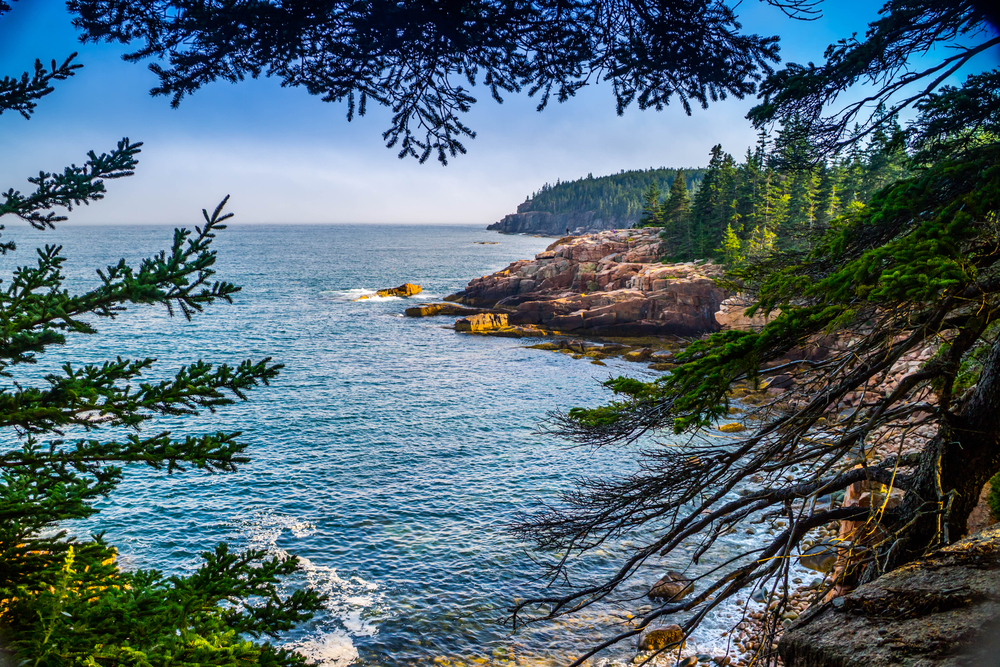
Isle Royale National Park, isolated in Lake Superior and accessible only by boat or seaplane, enforces natural crowd limitations that preserve its wilderness character. Hikers and kayakers experience genuine solitude on this rugged island, where wolf and moose populations fluctuate through natural cycles undisturbed by human interference.
Acadia’s dramatic coastal scenery draws such summer crowds that the park had to implement a timed-entry reservation system for the Cadillac Mountain sunrise experience, while popular trails and carriage roads often feel more like urban parks than wilderness areas during peak season.
Congaree vs. Shenandoah

Congaree National Park preserves the largest intact expanse of old-growth bottomland hardwood forest in the southeastern United States. Its boardwalk trail winds through a primeval landscape where champion trees reach skyward, and fishing opportunities abound without the crowds found in more famous parks.
Shenandoah, particularly along Skyline Drive during fall foliage season, becomes a slow-moving parking lot rather than a scenic byway, with popular overlooks so packed that photographers must wait in line for unobstructed views of the Blue Ridge Mountains.
Like Travel Pug’s content? Follow us on MSN.
Capitol Reef vs. Zion
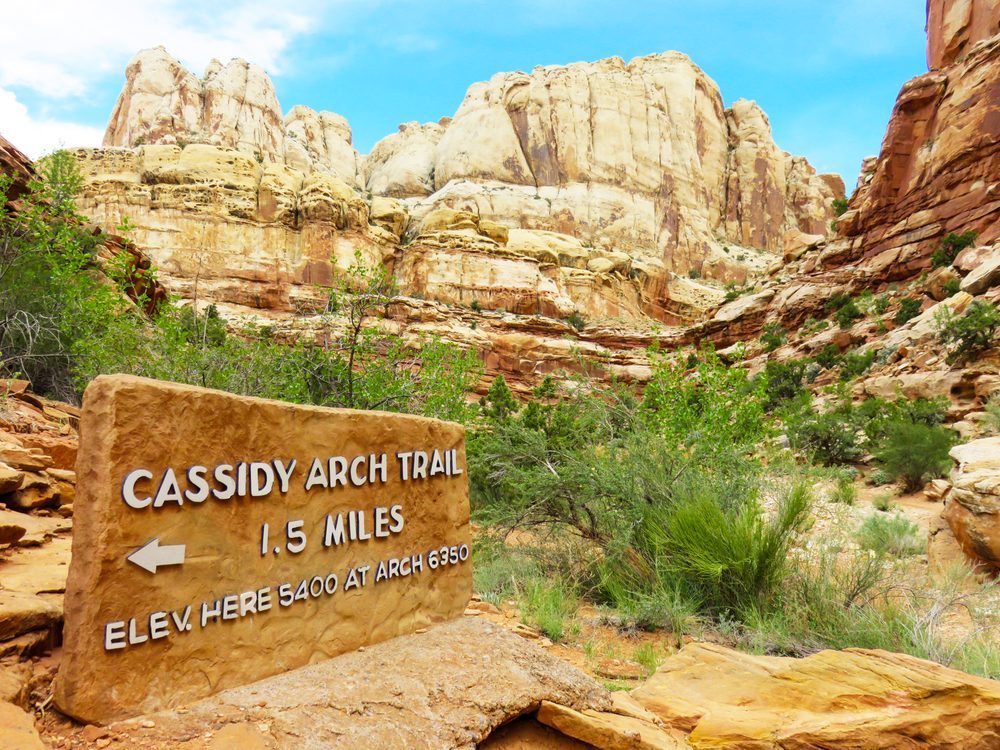
Capitol Reef National Park offers the same stunning red rock formations, narrow slot canyons, and ancient petroglyphs found in other Utah parks without the entrance lines and packed shuttles. Its Waterpocket Fold extends for nearly 100 miles, providing endless exploration opportunities for visitors seeking southwestern solitude.
Zion Canyon has become so overcrowded that the shuttle system, initially implemented as a solution, now creates problems with hour-long waits during peak seasons; popular trails like Angels Landing have implemented permit systems that require planning months in advance.
Wrangell-St. Elias vs. Denali

Wrangell-St. Elias National Park, America’s largest national park at over 13 million acres, offers vast Alaskan wilderness with minimal infrastructure and maximal adventure potential. Visitors willing to navigate its rugged roads find themselves among glaciers and mountains with no crowds in sight.
Denali, while still offering remarkable wildlife viewing, concentrates visitors along its single-road corridor, where bus tours create a procession of identical experiences, and popular campgrounds require reservations almost a year in advance during the short summer season.
Black Canyon of the Gunnison vs. Rocky Mountain
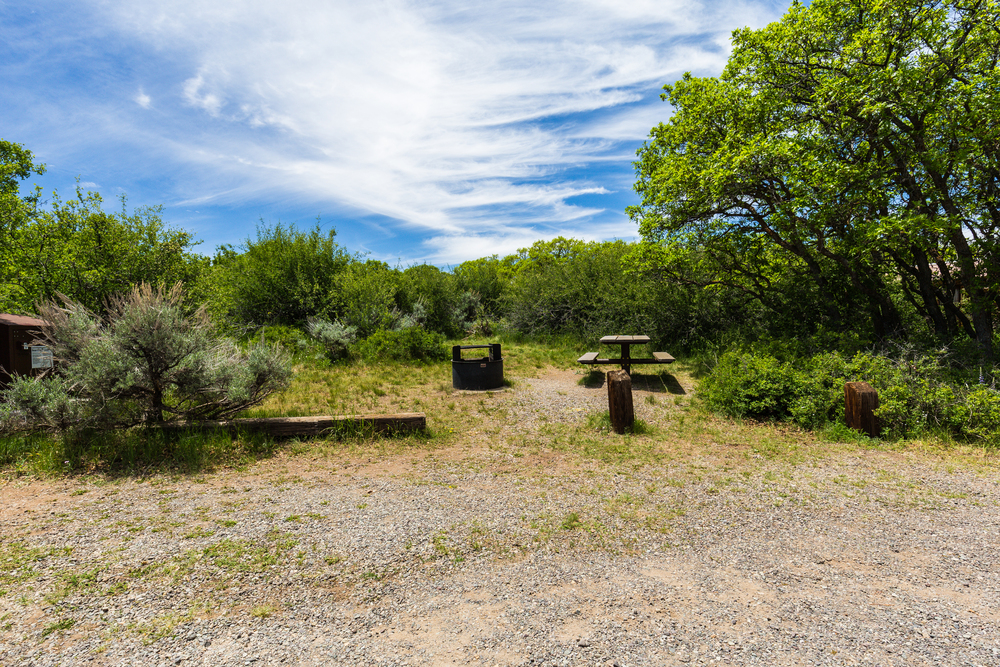
Black Canyon of the Gunnison plunges so steeply and narrowly that parts of the gorge receive just 33 minutes of sunlight daily. This Colorado gem offers vertigo-inducing views without the crowds found in nearby parks, along with world-class trout fishing on the Gunnison River.
Rocky Mountain National Park’s Bear Lake Road corridor becomes so congested during summer months that visitors must arrive before sunrise to secure parking or use shuttle systems that often reach capacity by mid-morning, diminishing the spontaneity that makes national park experiences memorable.
Like Travel Pug’s content? Follow us on MSN.
Petrified Forest vs. Grand Canyon (Again)

Petrified Forest National Park combines colorful badlands with the world’s largest and most colorful collection of petrified wood, yet visitors can often hike its backcountry trails without seeing another soul. The park’s expansion has added even more opportunities for solitude among ancient landscapes.
Grand Canyon makes a second appearance as an overcrowded destination because both its South and North Rims have become so popular that finding accommodation requires planning a year. At the same time, helicopter tours create constant noise pollution that disrupts the canyon’s natural soundscape.
Great Sand Dunes vs. Arches

Great Sand Dunes National Park features the tallest dunes in North America, set against the stunning backdrop of the Sangre de Cristo Mountains. Visitors enjoy sandboarding, stargazing, and hiking without fighting crowds, even during summer months when the seasonal Medano Creek creates a beach-like environment.
Arches National Park has seen such explosive visitation growth that entrance lines frequently stretch for miles along Highway 191, with popular features like Delicate Arch hosting hundreds of photographers jostling for the same shot at sunset.
Channel Islands vs. Santa Monica Mountains

The Channel Islands National Park, often called “America’s Galapagos,” lies just off the coast of southern California, yet remains blissfully uncrowded due to the boat journey required to reach it. Visitors discover empty beaches, endemic fox species, and remarkable kelp forests while kayaking through sea caves without tour groups.
Santa Monica Mountains National Recreation Area, while technically not a national park, exemplifies the overcrowding at urban-adjacent natural areas, with popular trails like those at Runyon Canyon resembling outdoor gyms more than wilderness experiences.
Like Travel Pug’s content? Follow us on MSN.
Wind Cave vs. Carlsbad Caverns

Wind Cave National Park preserves one of the world’s longest and most complex cave systems, featuring rare boxwork formations and surface prairies where bison and elk roam freely. Cave tours rarely sell out, and wildlife viewing opportunities abound without bumper-to-bumper traffic.
Carlsbad Caverns’ main chambers have become so popular that the elevator lines can stretch for hours during summer months, while the natural entrance trail becomes congested with visitors who often create noise levels that disturb the cave’s natural silence and atmosphere.
Kings Canyon vs. Sequoia
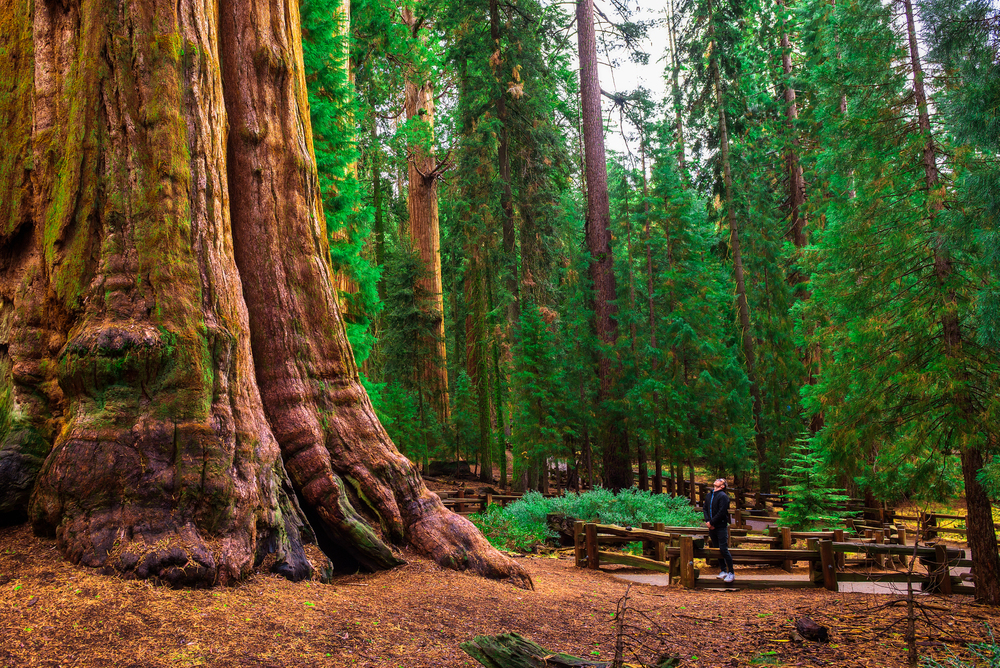
Kings Canyon National Park often gets overlooked in favor of neighboring Sequoia, creating a paradoxical benefit for those who visit its equally impressive giant sequoia groves and deeply carved glacial valley reminiscent of Yosemite without the crowds. Hikers on Kings Canyon trails often enjoy giant trees in solitude.
Sequoia National Park’s Giant Forest, particularly the General Sherman Tree area, has become so popular that shuttle systems and expanded parking still fail to prevent congestion issues, with many visitors experiencing the world’s largest trees while surrounded by hundreds of others doing the same.
Gates of the Arctic vs. Glacier

Gates of the Arctic National Park epitomizes wilderness in its purest form – no roads, no trails, no facilities, just six million acres of pristine Alaskan landscape visited by fewer people annually than Yellowstone receives in a single day. Those willing to fly or hike in experience true solitude among mountains that have never been formally named.
Glacier National Park’s Going-to-the-Sun Road has become so popular that the vehicle reservation system implemented to manage crowds now creates its frustrations, with reservations disappearing minutes after release and many visitors spending more time navigating logistics than enjoying alpine scenery.
Like Travel Pug’s content? Follow us on MSN.
Finding Your Perfect Park Experience
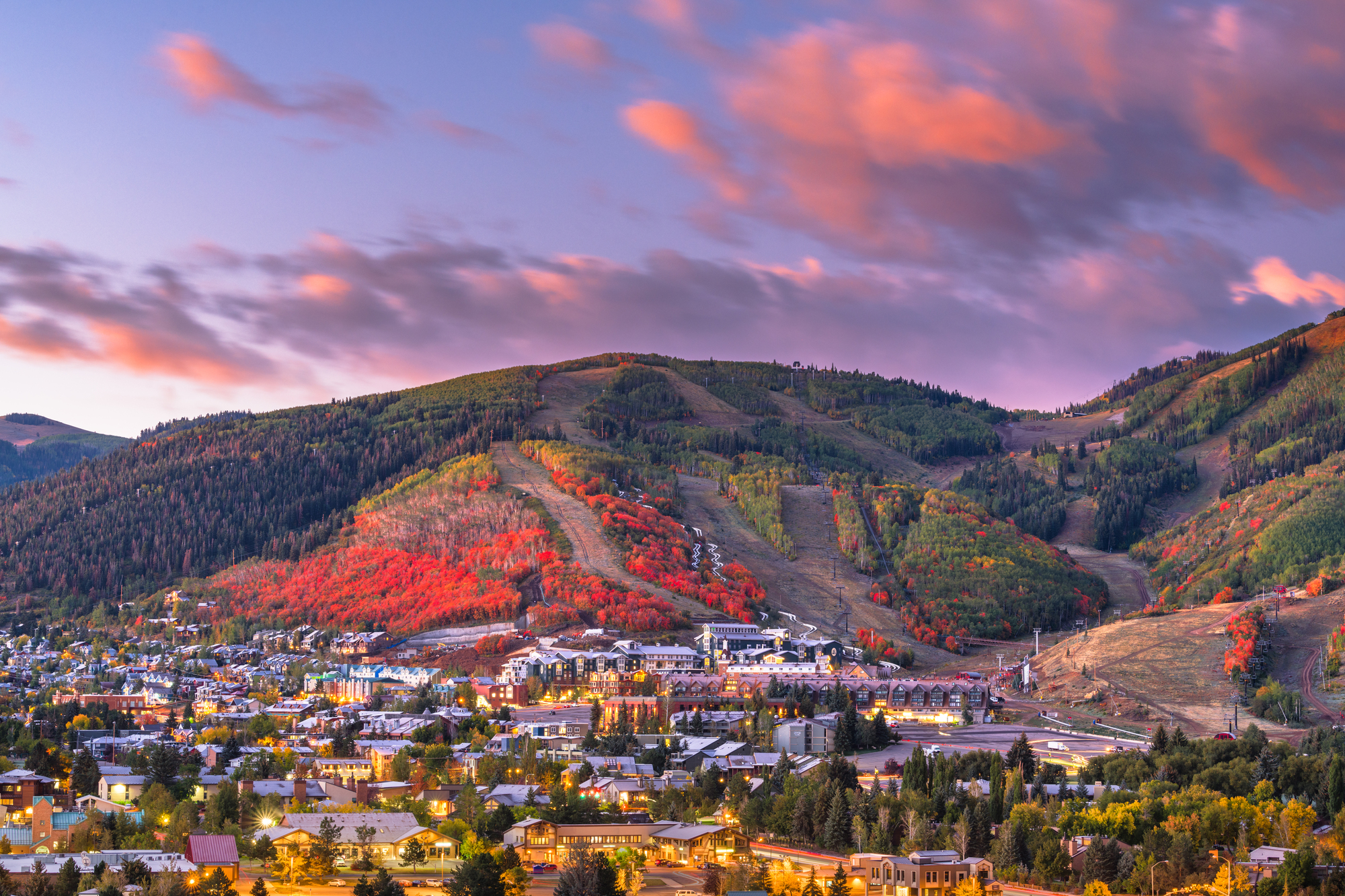
The contrast between overcrowded destinations and their less-visited counterparts reveals an important truth about America’s national parks: sometimes, the most meaningful experiences come from places without famous names or Instagram notoriety.
The system’s lesser-known gems often preserve equally spectacular landscapes without the frustrations that increasingly define visits to marquee parks. Consider exploring these alternatives – your connection with nature might be all the stronger without hundreds of others sharing the moment.
More from Travel Pug

- 20 Destinations That Were Once Thriving but Are Now Quietly Disappearing
- 13 Destinations Where Tourists Regularly Regret Their Trip
- 20 Once-Popular Beach Towns That Are Now Ghostly Empty
- 10 Under-the-Radar Mountain Towns That Are Both Affordable and Beautiful
- Take a ‘Learning Vacation’ in These 20 Extraordinary Places
Like Travel Pug’s content? Follow us on MSN.
